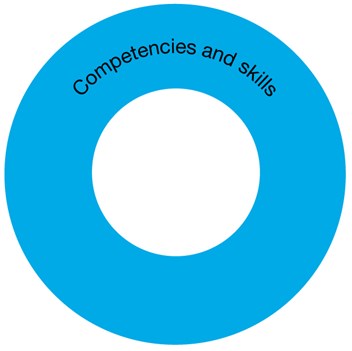Explore content
Typically, by the end of Year 10, students:
Navigate, read and view learning area texts
navigate, read and view a wide range of more demanding subject- specific texts with an extensive range of graphic representations
Listen and respond to learning area texts
listen to a range of extended spoken and audio texts and respond to, interpret and evaluate ideas, information and opinions
Interpret and analyse learning area texts
interpret and evaluate information within and between texts, comparing and contrasting information using comprehension strategies
Compose spoken, written, visual and multimodal learning area texts
compose and edit longer and more complex learning area texts
Use language to interact with others
use pair, group and class discussions and formal and informal debates as learning tools to explore ideas, compare solutions, evaluate information and ideas, refine opinions and arguments in preparation for creating texts
Deliver presentations
plan, research, rehearse and deliver presentations on more complex issues and learning area topics, combining visual and multimodal elements creatively to present ideas and information and support opinions and engage and persuade an audience
Use knowledge of text structures
use comprehensive knowledge of the structure and features of learning area texts to comprehend and compose complex texts in innovative ways, using conventions for citing others
Express opinion and point of view
use language that indirectly expresses opinions and constructs representations of people and events, and consider expressed and implied judgements
Understand learning area vocabulary
use subject-specific vocabulary to express abstract concepts, and refine vocabulary choices to discriminate between shades of meaning
Understand how visual elements create meaning
evaluate the impact of different visual choices in the composition of images, including symbolic images and movement of camera or light, to achieve different nuances



